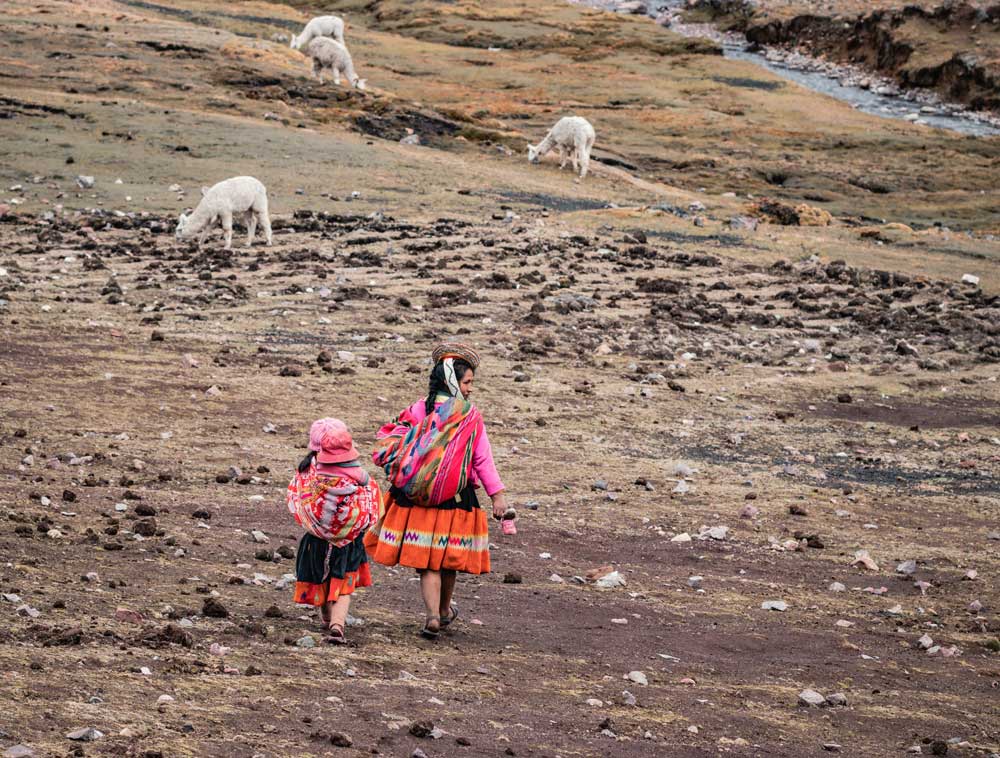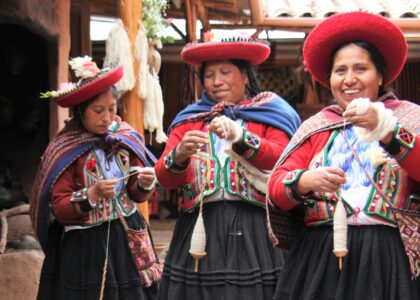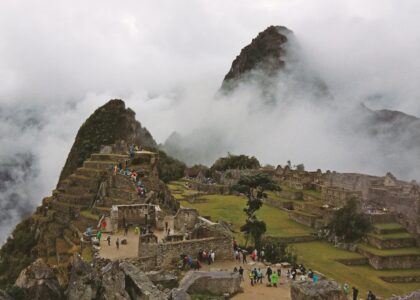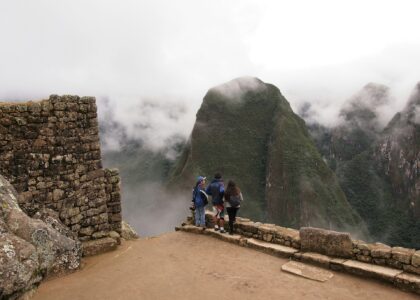South America boasts a deep and vibrant spiritual history that stretches back millennia. Indigenous cultures, from the Andes to the Amazon, have long revered the land, seeing divinity in mountains, rivers, and skies. This profound bond between nature and spirituality has shaped rituals, ceremonies, and sacred sites. Equally significant is the interplay of native beliefs with influences from other cultures, creating a rich mosaic of traditions that continues to captivate and inspire visitors to this day.

Machu Picchu: Citadel of the Clouds
Machu Picchu, often called the “Lost City of the Incas,” remains one of the most iconic symbols of ancient Incan civilization. Perched high in the Peruvian Andes, its precise stone constructions and panoramic views inspire awe in every visitor.
The enigma surrounding Machu Picchu’s original purpose adds to its allure. While some historians suggest it was a royal estate or religious retreat, others believe it served as an astronomical observatory. Indeed, its strategic placement seems anything but random. The site aligns remarkably with significant astronomical entities and events. For instance, the Intihuatana stone at Machu Picchu, much like its counterparts in Cusco, points directly at the sun during the winter solstice. Such alignments indicate the Incas’ advanced understanding of the cosmos and its rhythms and how deeply these were integrated into their architecture and daily life.
Beyond its architectural genius, Machu Picchu resonates with spiritual energy. The ancient inhabitants, closely connected to the earth and the heavens, practiced numerous ceremonies here. Rituals were performed to honor the sun, moon, and other celestial bodies, emphasizing the universe’s interconnectedness with humanity. Local shamans today still celebrate these traditions, often leading ceremonies that invoke the power and blessings of Pachamama, the Earth Mother.
A visit to Machu Picchu is not just a journey through ancient stones and terraces but an opportunity to touch the spiritual realm of a civilization that saw divinity in every sunrise, mountain peak, and starry night. It’s a testament to the profound spiritual depth of the Incas, whose legacy continues to beckon travelers from all corners of the globe.

Sacred Valley: Embracing the Spirit of the Andes
Nestled in the heart of the Peruvian Andes, the Sacred Valley unfolds as a vast expanse of fertile land, with the winding Urubamba River flowing through its center. The Incas revered this river, seeing a terrestrial mirror to the Milky Way in its shimmering waters. This celestial river, or “Mayu,” was central to Inca cosmology, representing the life-giving force and the continuum of existence.
Integral to the Sacred Valley are the historic sites of Ollantaytambo and Pisac. With its impressive terraces, Ollantaytambo was both a fortress and ceremonial center. Pisac, perched high above its eponymous market town, is renowned for its ruins that showcase masterful masonry and celestial observatories.
Yet, the Sacred Valley is more than just its ancient past. Today, it remains a vibrant hub of spirituality. Local communities, deeply rooted in their Incan heritage, keep ancient traditions alive. They host celebrations that blend the past with the present, honoring deities of the earth and sky. From festivals celebrating agricultural cycles to rituals invoking the spirits of nature, the valley pulsates with spiritual energy.
The Sacred Valley is a testament to the timeless bond between nature and humanity. A place where the physical and spiritual realms entwine, inviting visitors to partake in the profound spiritual legacy of the Andes.
A Journey Through South America’s Spiritual Heritage
South America offers a unique spiritual journey with its rich confluence of cultures and beliefs. From the ancient stones of Cusco to the misty peaks of Machu Picchu and the rhythmic pulse of the Sacred Valley, a shared theme emerges: a profound respect for the land and the cosmos. These sacred sites continue to captivate travelers from all corners of the globe, drawing them into a world of wonder and reverence. As we embrace the beauty and depth of these spiritual landmarks, it’s paramount to approach them with respect, ensuring their legacy remains untouched for future generations.






